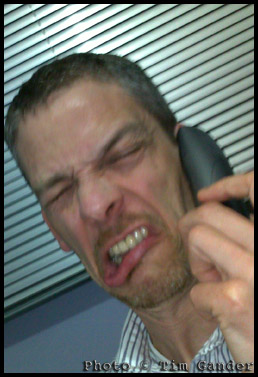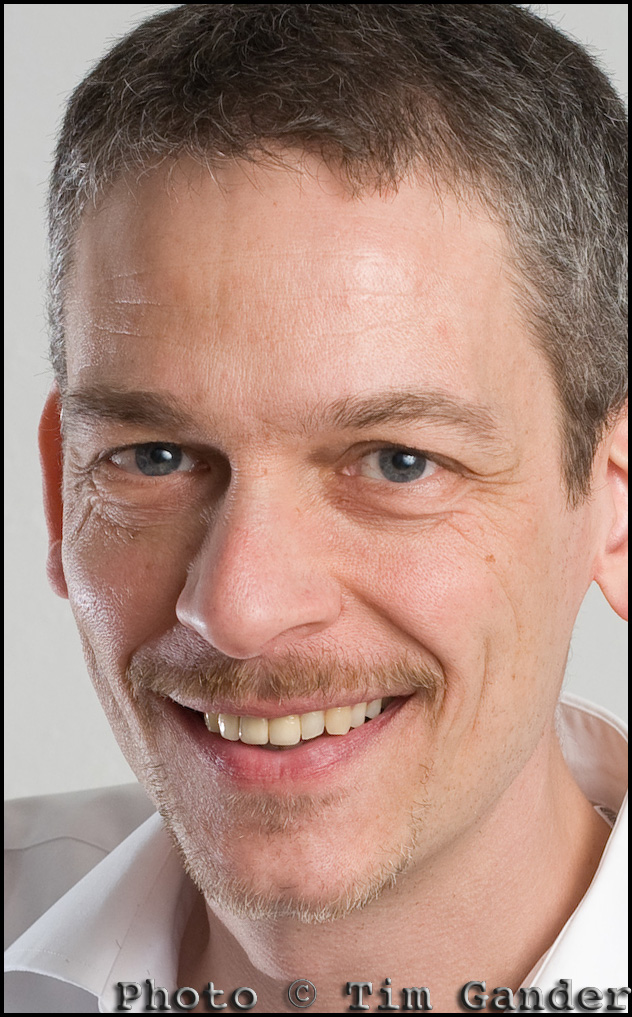The photographer’s brief is one of the most important precursors to a successful photo session, so it’s worth giving it proper consideration, but if your day job doesn’t revolve around briefing photographers it can be a daunting task to tackle.
Don’t worry though, even when I was dealing with briefs as a staff photographer at The Portsmouth News, it was incredible how many reporters would turn in incomplete briefs. So if you struggle to know what to include, you’re in good company. This article will help you hit the main points required, but if you follow the Who, What, When, Where and Why principle of photojournalism, you’ve pretty much nailed it.
Where and When:
Date, time and location. Without any one of these three you’re on rocky ground before you’ve started. Set them out clearly and fully; just saying “I’ll see you on the 12th” isn’t the same as “Date: 12th September 2014”.
The location address needs to be complete too. I often use sat nav or Google Maps to find a location and an accurate post code helps especially where there are similar road names within the same town or city. Occasionally a post code can bring up a doubtful-looking address, at which point I’ll double-check the location with my client. If the post code and street don’t match up, directions are essential.
As part of the address etc, make sure there is a contact name and number. This should have become apparent during early contact, but make sure it’s all on the brief too.
Who and What:
Is it a series of portraits or is it processes, locations or maybe products which are to be photographed?
It’s incredibly useful to have the names of people to be photographed. These can be ticked off as they’re done. The same with locations and products. These details also make captioning the images later much easier. If it’s products or processes, make sure to use full descriptions rather than acronyms so captions can be completed fully.
Why:
In editorial photography the Who What When Where and Why make up the cornerstones of an accurate caption, describing as they do the contents of the photos, but in corporate communications photography the Why is more about why the image is being taken and what it is to be used for. If I know a photo is to be a cover image for a brochure, I’ll approach it differently to if it’s going to end up as a narrow banner at the top of a web page.
The Creative Brief:
This is the more enjoyable part of raising a brief and will be an amalgam of what you already know you need combined with discussion with me at the planning stage. Thinking about what you need for the project in hand as well as thinking about what future uses might be made of the photos will help in working out how many images and what scenarios are required and finally how much time will be required overall.
In terms of time required, you might already have an idea of what time and budget you can allocate to the photo session and these will have a bearing on whether the brief needs to be adjusted. It’s worth ensuring there is some slack in the schedule to allow for the unforeseen or un-planned off-brief photos, which can be incredibly useful later.
Some practicalities on the day:
Parking and access to the building or site. The majority of my work requires more kit than I can easily carry, which tends to rule out public transport. Make sure there is space to park, preferably near the building entrance or wherever equipment needs to be set up. If off-site parking is the only option I need to know in advance so I can plan my arrival time accordingly.
If a room is set aside for staff portraits, make sure it is the right size (I can advise on this during the planning stage) and isn’t filled with chairs and immovable tables or other furniture. If the photos are to be taken around the offices or production floor, make sure as much as possible that locations are clean and tidy and that anyone to be featured is complying with health and safety regulations – I can’t always know what these are, and it’s such a shame to ditch a great photo because someone is wearing the wrong high-visibility vest for the task they’re doing.
Decisions on location can sometimes be decided upon my arrival, but time has to be allowed for clearing and tidying within the allocated shoot slot.
Cameras are machines, photographers are people. Don’t forget comfort breaks and if it’s a full-day shoot, lunch is a must to keep the little creative cells going.
Attempting to cover all eventualities in this article is likely to miss some possible scenarios, but provided you approach the brief as outlined above, you’ll be a long way down the path of getting it right. Certainly I’m always happy to help and guide clients before the shoot because the better it goes, the happier everyone is.
If you have any questions about anything here, why not post a comment or drop me a line?



